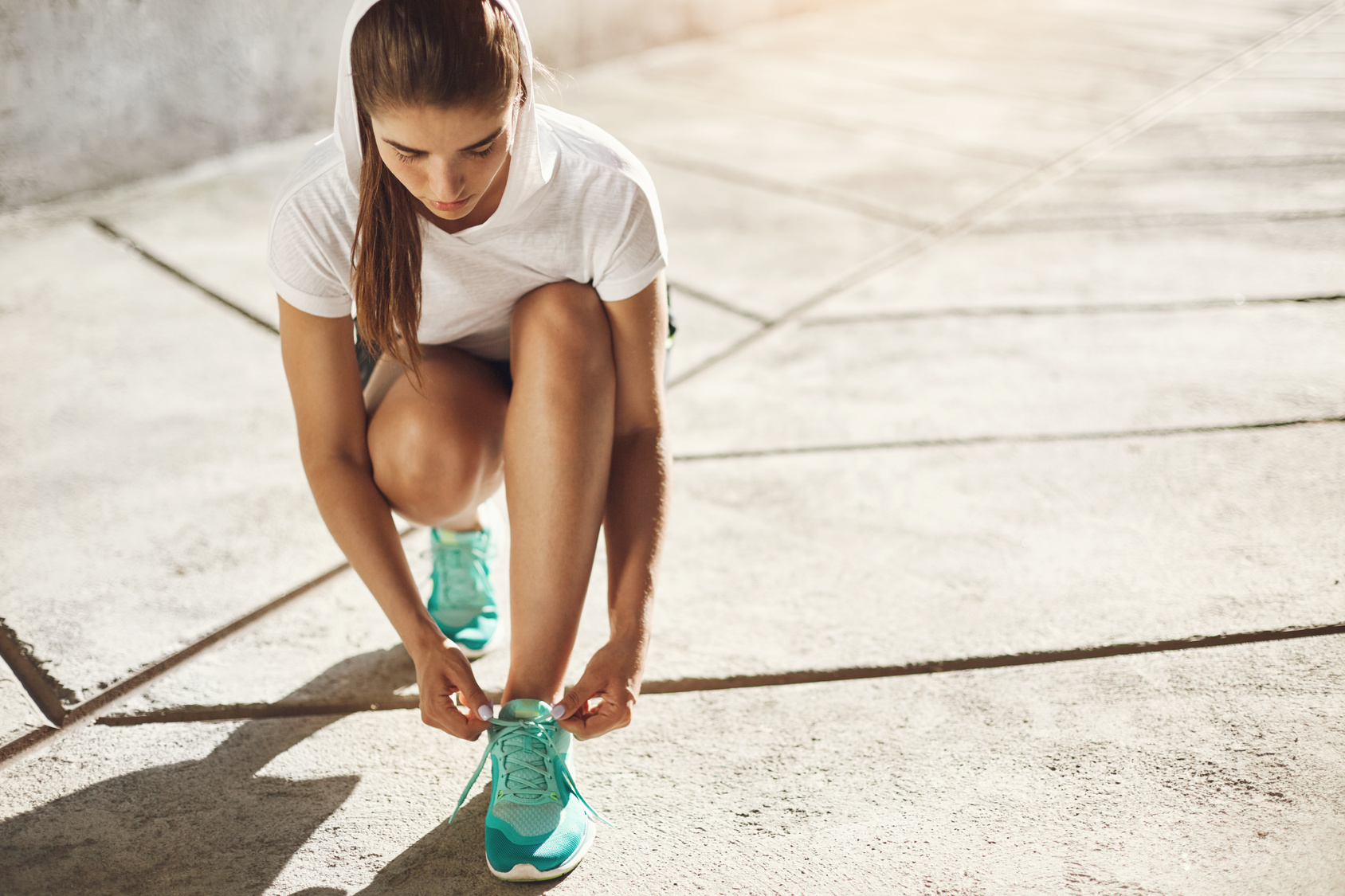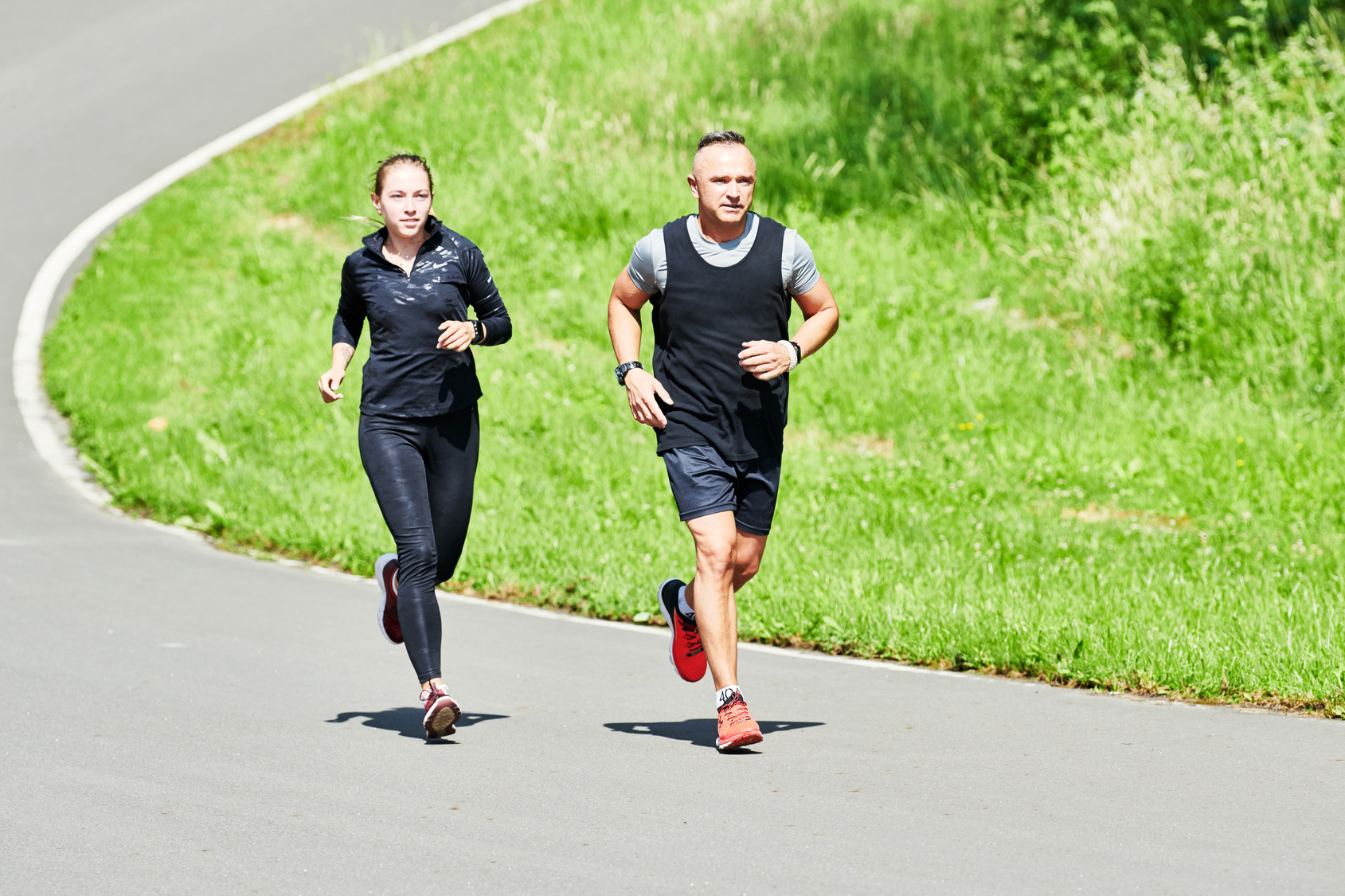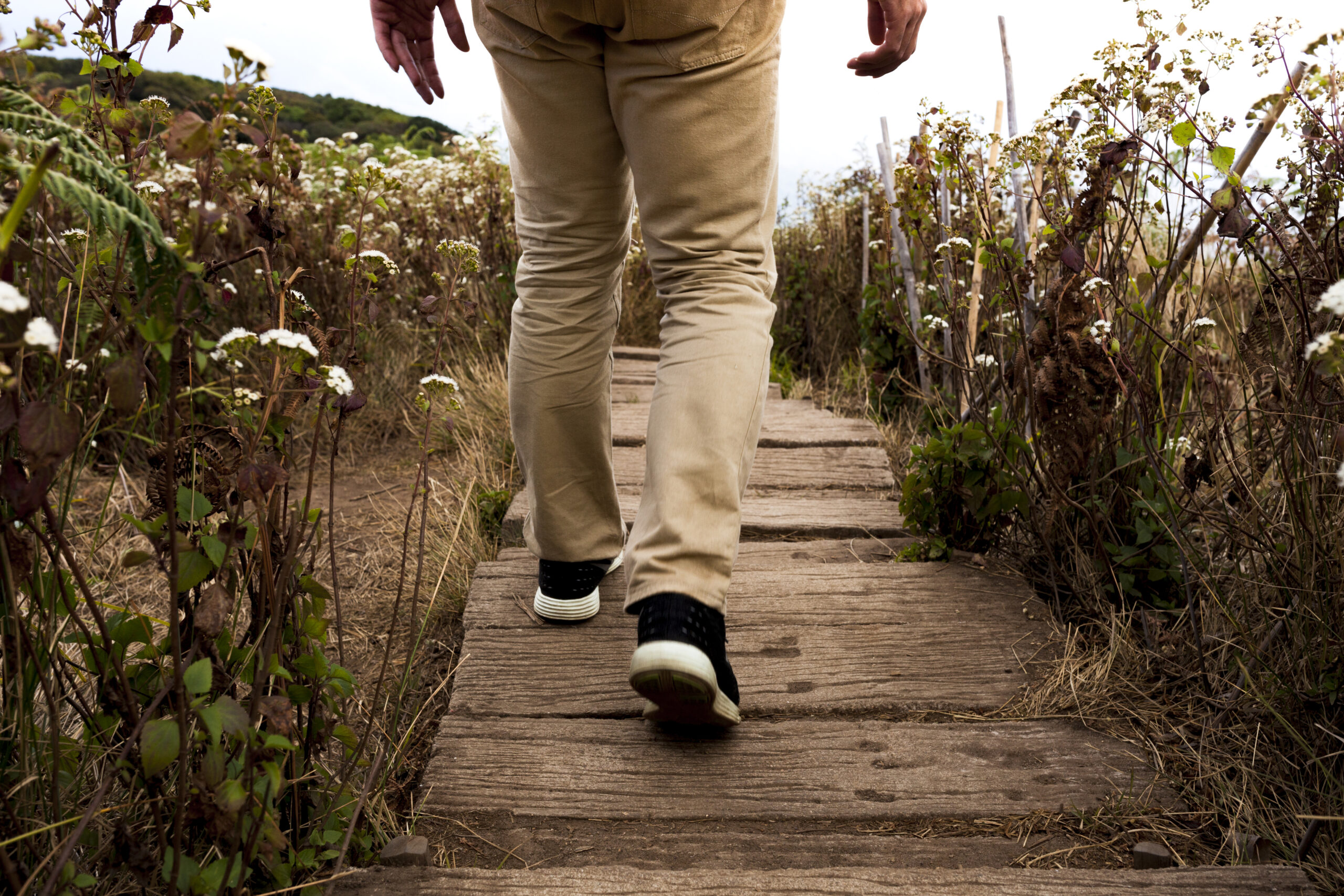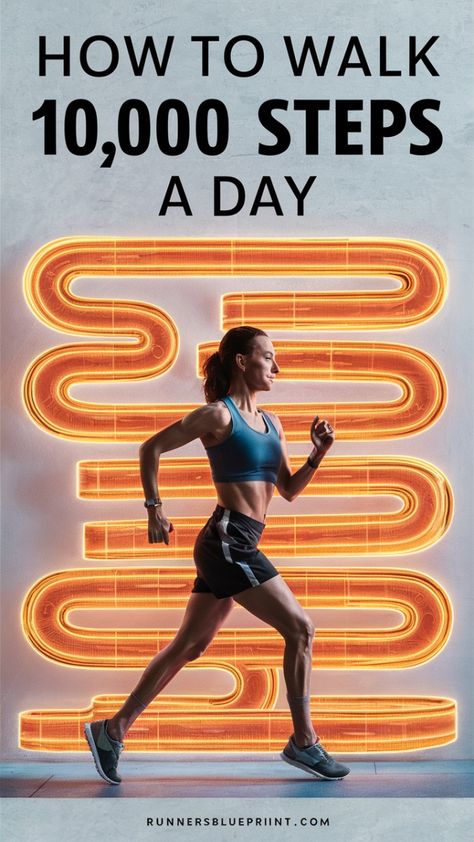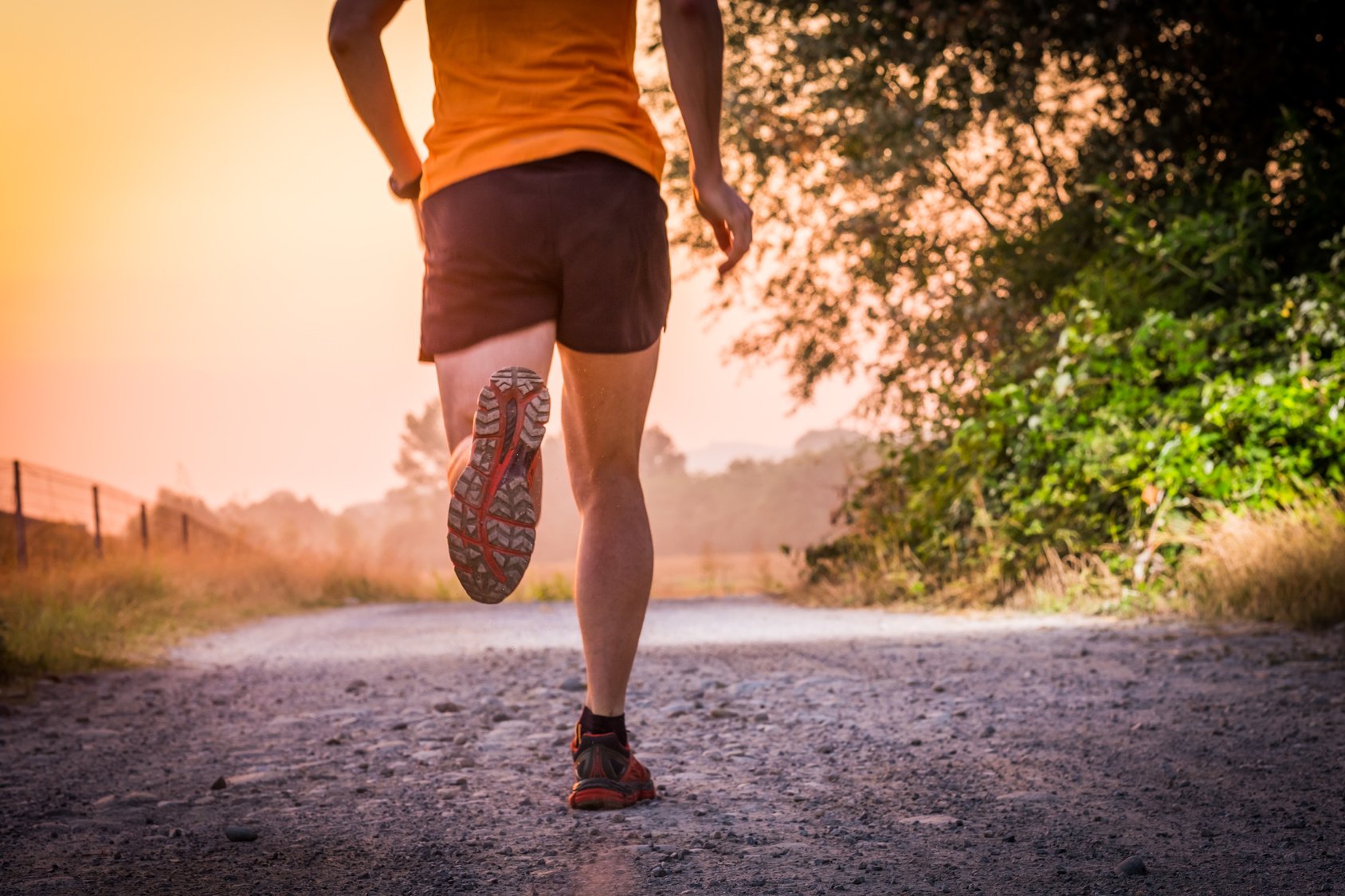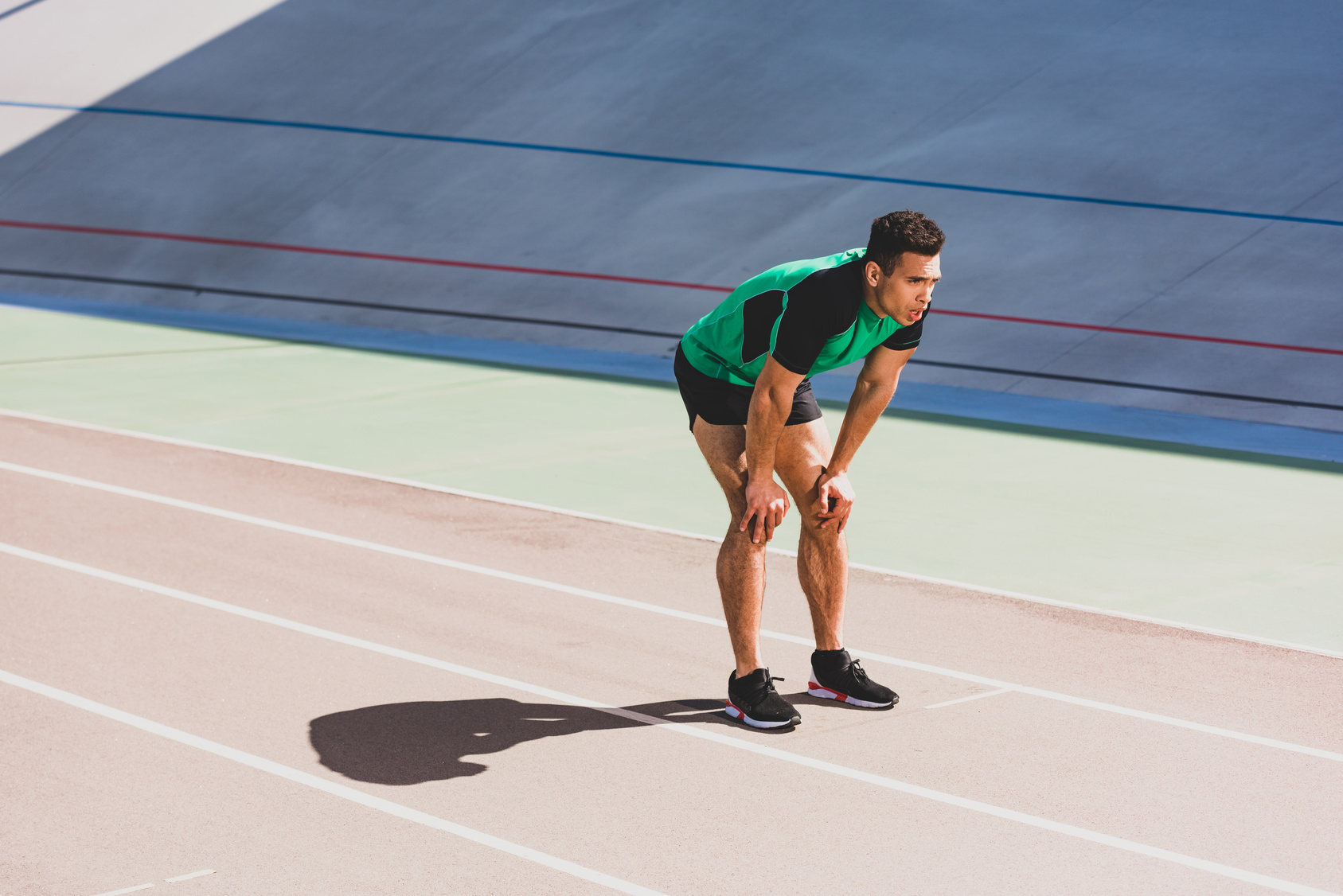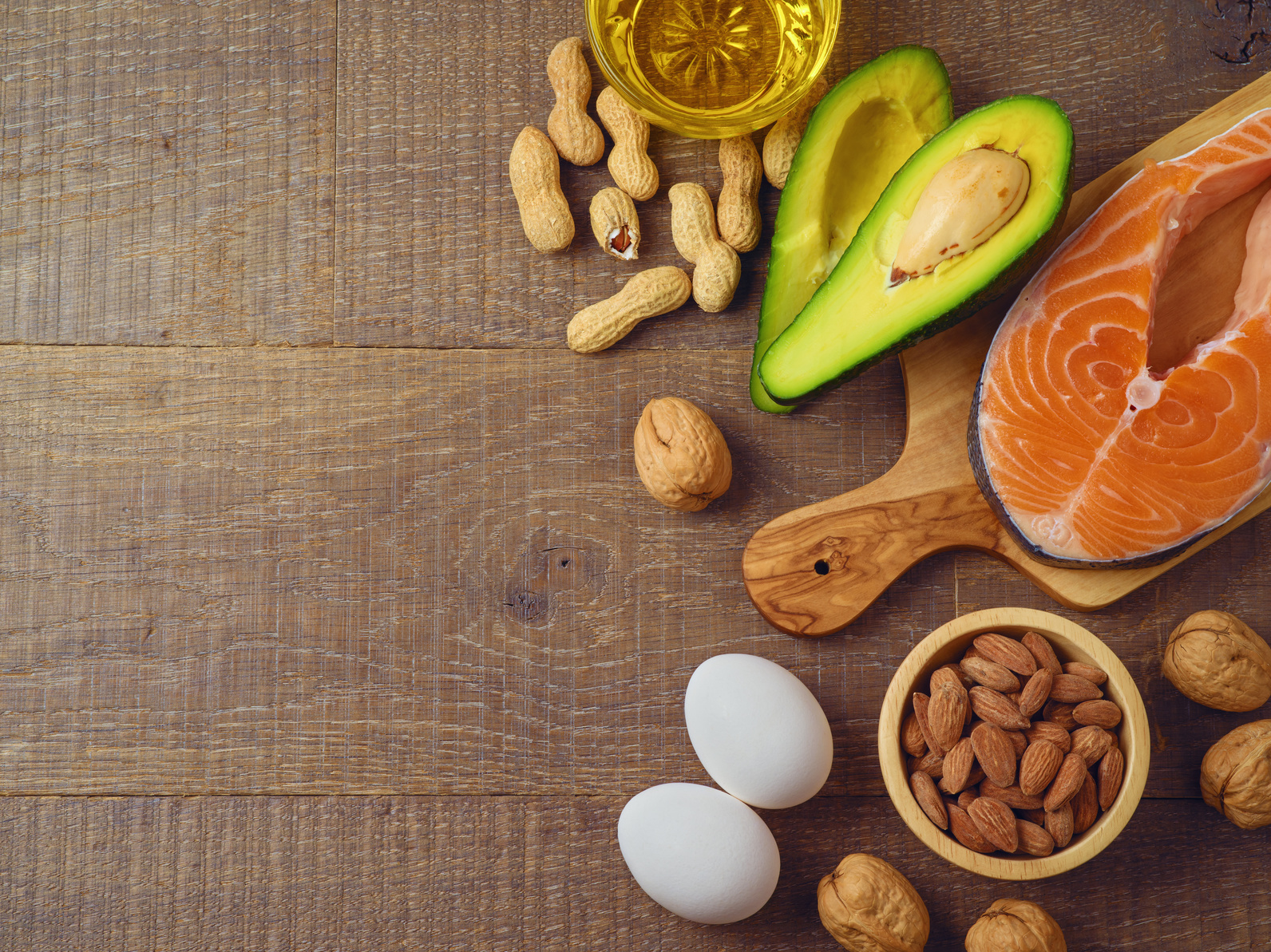Are you a runner suffering from bunions?
Then you have come to the right place.
For most people, the word bunion conjures images of ugly foot deformities and long-term pain, especially in the running community.
But it doesn’t have to be that way.
As repelling and scary bunions can be, there are a few measures you can take to help you live with them and keep running strong.
In today’s post, I’ll share with you what you need to do to treat and prevent the progression of bunions while running.
More specifically, I’ll dive into the following:
- What is a bunion?
- How do bunions form?
- Can you run with a bunion
- What causes bunions in runners
- How to soothe bunion pain
- How to run safely with bunions
- And so much more
Sounds great?
Let’s get started.
What’s The Bunion?
A bunion, also known as Hallux valgus, is a foot deformity that affects the metatarsophalangeal (MTP) joint, primarily on the inside portion of the big toe. In simpler terms, a bunion occurs when the big toe joint shifts out of its normal position, causing the affected toe to protrude or form a noticeable bump.
This condition typically results from ongoing stress and pressure on the metatarsophalangeal joint. Over time, the big toe may move out of alignment, turn inward, and become swollen, leading to the development of a painful bump on the side of the foot.
Because the metatarsophalangeal joint bears a significant portion of the body’s weight during walking and running, bunions can be quite painful, especially when engaging in physical activities like running.
While a bunion may begin as a mild issue, it can worsen over time, potentially becoming a severely debilitating and visually noticeable foot deformity.
Bunions are relatively common, affecting a large percentage of the global population. They are estimated to impact about 25% of individuals aged 18 to 65 and more than one-third of people over the age of 65.
This condition is particularly prevalent among individuals who spend extended periods on their feet, such as waitstaff, nurses, teachers, and many runners.
What Causes Bunions in Runners?
Bunions can develop in runners due to a variety of factors, much like the causes of foot problems in general. Some of the factors and conditions that can contribute to the development of bunions in runners include
- Loose Joints and Tendons: Individuals with naturally loose joints and tendons may be more prone to developing bunions as the joints and ligaments around the big toe may not provide adequate support.
- Bad Footwear: Wearing shoes that are too tight, narrow, or have a narrow toe box can increase pressure on the big toe joint, potentially leading to the formation of bunions.
- Low Arches: Runners with low arches (flat feet) may be at greater risk of developing bunions as the lack of arch support can affect foot mechanics and joint alignment.
- Genetics: A family history of bunions can increase an individual’s susceptibility to developing them. Genetic factors can play a significant role in determining foot structure and function
- Pregnancy: Pregnancy-related hormonal changes and weight gain can lead to changes in foot mechanics, potentially contributing to bunion development.
- Jobs Requiring Long Standing Periods: Occupations that involve prolonged periods of standing or walking, such as teachers, nurses, or cooks, can place continuous stress on the feet and toes, increasing the risk of bunions.
- Weak Foot Muscles: Weakness in the muscles that support the arches and toes can affect proper foot mechanics and contribute to bunion formation.
- Muscle Imbalances: Muscle imbalances in the feet and lower legs can lead to abnormal foot mechanics, potentially causing bunions over time.
Does Running Cause Bunions?
Running itself doesn’t directly cause bunions to develop, but it can exacerbate existing bunions and contribute to their progression. The development of bunions is primarily influenced by genetic factors and foot structure, as mentioned earlier.
The key points to consider are:
- Genetic Predisposition: Bunions often run in families, suggesting a genetic component. If your parents or close relatives have bunions, you may be genetically predisposed to develop them as well.
- Foot Structure: Certain foot structures, such as having low arches or flat feet, can increase the risk of bunions. These structural characteristics can be inherited and are not caused by running.
- Running Impact: While running itself is not a direct cause of bunions, the repetitive impact and pressure placed on the forefoot and toes during running can aggravate existing bunions. The friction between the bunion and the side of the running shoe can lead to increased pain and discomfort.
- Exacerbation: Serious cases of bunions can significantly impact a runner’s ability to continue their training. In some cases, surgical intervention may be necessary to correct the joint deformity.
Additional resource – Black toenail guide
Can You Run With A Bunion?
It depends!
If it’s not causing you much grief or discomfort, go ahead and keep up your training. Just remember, your choice of shoes can make a world of difference we’ll dive into that soon).
But if that bunion is making a fuss, don’t fret. I’ve got your back with some top-notch precautions to ensure a pain-free run. No need to cut your run short because of those pesky bunions.
Keep scrolling to find out how to keep running comfortably with a bunion.
Do Bunion Correctors Work?
Bunion correctors, such as toe splints or separators, may provide some pain relief and improved comfort for individuals with bunions, but they are not typically considered definitive solution for correcting or eliminating bunions. The effectiveness of bunion correctors can vary from person to person, and research on their long-term impact is limited.
Studies have shown mixed results when it comes to the ability of bunion correctors to realign the big toe or permanently correct bunions. While some individuals may experience reduced pain and discomfort while using these devices, the overall impact on bunion alignment appears to be limited.
It’s important to understand that bunion correctors are often recommended as a conservative, non-surgical option to manage bunion-related symptoms, such as pain and pressure. They may provide temporary relief by promoting better toe alignment and reducing friction between the toes.
However, they are not a guaranteed method for correcting the underlying structural issue causing the bunion.
Treating and Preventing Bunions While Running
Most bunions are permanent unless surgically removed or corrected.
But there are a few steps you can take to make running with bunions more comfortable, even to slow a bunion’s progression.
Tape The Bunion
Taping or padding the affected toe can be a helpful strategy for individuals with bunions who experience discomfort or pain while running. Here’s how you can tape your bunion:
Materials needed:
- Medical tape or adhesive padding: You can find these items at most drugstores.
- Toe separator (optional): Toe separators can be used in combination with padding for added relief.
Steps:
- Prepare your foot: Make sure your foot is clean and dry before applying any tape or padding.
- Apply padding: Cut a piece of medical tape or adhesive padding to the appropriate size to cover your bunion. The padding should be soft and cushioned to reduce pressure on the bunion.
- Place the padding: Carefully apply the padding over the bunion, ensuring that it covers the bunion’s prominent area. You may need to adjust the positioning to find the most comfortable and protective fit.
- Secure the padding: Gently press down on the padding to make sure it adheres to your skin and stays in place.
- Consider toe separators (optional): If you have toe separators, you can use them in conjunction with the padding. Toe separators help create space between your toes and reduce friction. Place them between the affected toe and its neighboring toe.
- Put on your running shoes: Ensure that your running shoes provide enough space to accommodate the padding and any toe separators comfortably. You should not feel excessive pressure or discomfort when wearing your shoes.
By padding and taping your bunion, you can help reduce the direct pressure and friction on the affected area, which may alleviate pain and discomfort during running. However, it’s important to note that this is a temporary solution and may not address the underlying structural issue causing the bunion.
Additional resource – Side stitch when running
Strength Exercises
Strength training not only makes your foot muscles strong but can also protect you against bunions. Now, don’t expect these exercises to magically zap your bunions away – they’re like that stubborn roommate who never moves out.
But they can definitely make your life more comfortable and keep those bunions from getting any fancier.
So, why does this matter?
Well, stronger foot muscles mean better support for your tootsies. And if you’re a runner or just love to strut your stuff, you’ll appreciate the improved mobility in your big toe and less of that nagging discomfort during your daily strolls or jogging sessions.
Now, let’s dive into the muscles you want to target. Think of it as a superhero lineup for your feet:
- Adductor Halluces: These little guys help bring your big toe back to center stage.
- Flexor Halluces Brevis: These champs keep your big toe flexible and ready for action.
- Abductor Halluces: The bodyguards of your big toe, they prevent it from wandering off.
- Fibularis Longus: The supporter of your pinky toe, ensuring it doesn’t feel left out.
- Tibialis Posterior: The stabilizer – it helps keep your arch from taking a vacation.
Now, for the fun part – the exercises! Here’s your superhero training program:
- Single-Leg Calf Raises: Get ready to stand on one leg and give your calf muscles a workout they won’t forget.
- Shin Release with a Lacrosse Ball: Roll out those shins to ease tension and improve flexibility.
- Toe Extensor Exercise: Train your toes to lift like they’re reaching for the stars
- Calf Release with a Lacrosse Ball or Foam Roller: Roll away the stress in your calf muscles with the help of a lacrosse ball or foam roller. Check out this video [link] for guidance.
- Big-Toe Adductor Exercise: Get your big toe moving with this exercise that uses a resistance band.
Have The Right Shoes
Finding the right shoes for your running adventures is like finding the perfect sidekick. They need to have your back, especially if you’re dealing with bunions. Trust me, the right shoes can be a game-changer, and the wrong ones? Well, they’re like that villain who just won’t quit.
So, here’s the scoop – head over to a specialty running store pronto. These folks know their stuff and can help you find the perfect-fitting shoes to keep those bunions in check.
Now, let’s talk shoe features to look out for:
- Go Wide: Wide-fitting running shoes are your new best friends. They provide your bunions with the space they need to breathe and stretch out. It’s like giving them their own cozy room. You wouldn’t want your big toe feeling cramped, right?
- Go Soft: Soft toe boxes are a lifesaver. They help prevent any unwanted rubbing or chaffing on your bunion, especially if it’s feeling tender or has some extra fluid hanging out. Soft is the way to go!
- Go Low: Say goodbye to elevated heels! Look for shoes with no heel elevation, also known as ‘zero drop’ shoes. They keep your feet happy and bunion-friendly.
- Enough Room: The toe box is where it’s at. Make sure there’s plenty of space for your toes to wiggle and groove without feeling squished. Opt for shoes with minimal stitching and breathable mesh around the bunion area – they won’t cramp your style.
- A Flexible Sole: Think of it as giving your feet a little workout. Look for shoes with flexible soles that let your foot muscles do their thing. Rigid soles? No thanks, they’re like that annoying friend who won’t let you dance freely.
Use the Right Knot
You know what they say: it’s all in the details – even when it comes to lacing up your running shoes. Tying them the right way can make a world of difference, especially if you’ve got bunions.
Here’s the trick – focus on loosening up those laces near your toes. This nifty move reduces the pressure on your toes, bunions, and the ball of your foot. It’s like giving your feet some breathing space!
But wait, there’s no need to fret if you’re not sure how to master this lacing technique. I’ve got your back with this handy YouTube tutorial. It’ll walk you through the “Bunion Step-Over” lacing technique, making it a piece of cake
Seek Surgery
When those at-home remedies just aren’t cutting it, and your bunion pain is cramping your running style, it’s time to consider the big guns – surgery.
Now, don’t get too anxious; this isn’t your run-of-the-mill operation. It’s what the experts call a “bunionectomy.” It’s a fancy term, but it gets the job done.
Research has reported over 100 types of surgery can be performed to remove bunions. Common interventions include repositioning ligaments, tendons, and the joint, causing alteration in the angle of the big toe.
The goal? To realign that big toe joint, wave goodbye to the deformity, and restore normal function – all while giving your foot some much-needed relief.
The process is a bit messy. The surgeon delicately opens up that big toe joint and works their magic to reposition the bones.
In some cases, they may need to do a bit more, like trimming bones or securing things in place with metal plates or screws. It’s all in the name of getting your feet back in tip-top shape.
But here’s the pro tip: when you’re on the hunt for a surgeon, make sure you find one who knows the running game inside and out. Bonus points if they’re a runner themselves – that’s when you know you’ve hit the jackpot.
So, if you’re at that point where bunion pain is just too much to bear, don’t hesitate to reach out to a sports podiatrist who can guide you through the process and help you get back to pounding the pavement in no time.
Full Recovery Period
A bunionectomy can put you out of commission for a few days to a few weeks and wearing a surgical boot for roughly a month.
Full recovery from this can take anywhere from 8 to 12 weeks. So, going back to your former running glory should take a while.
This might sound like a long time away from your running shoes.
But it’s a much better option than suffering severe pain on every step you take while running.
Don’t you think so?
During your recovery period, do plenty of low-impact exercises to keep fit and going strong.
Running With Bunions – The Conclusion
Although the above measures seem simple, they can make a big difference. Dealing with bunions while running does not have to be complicated—as long as you know what you’re doing.
You can make some simple changes to how you train that can protect you and prevent the progression of toe deformities.
Please feel free to leave your comments and questions in the section below.
In the meantime, thank you for reading my post.
Keep Running Strong.
David D.

